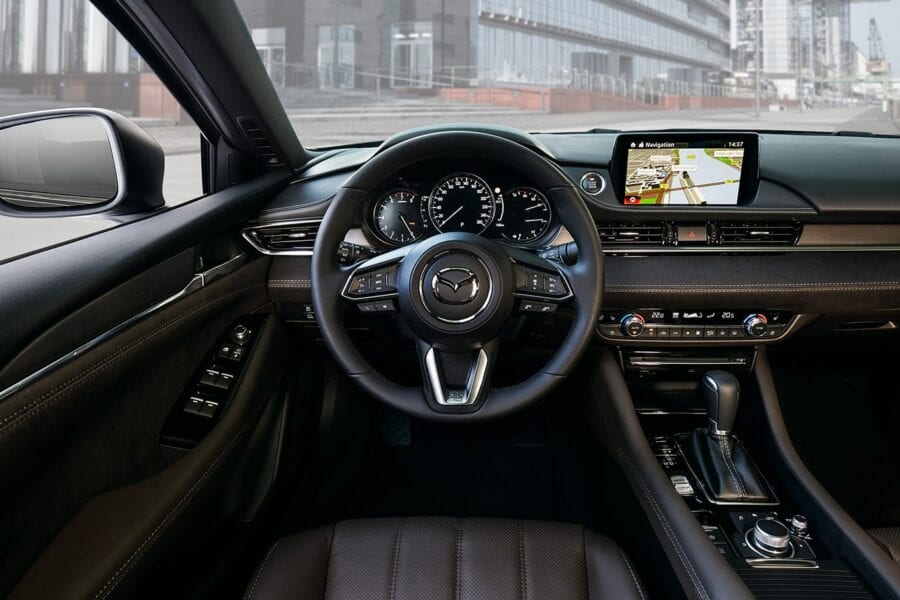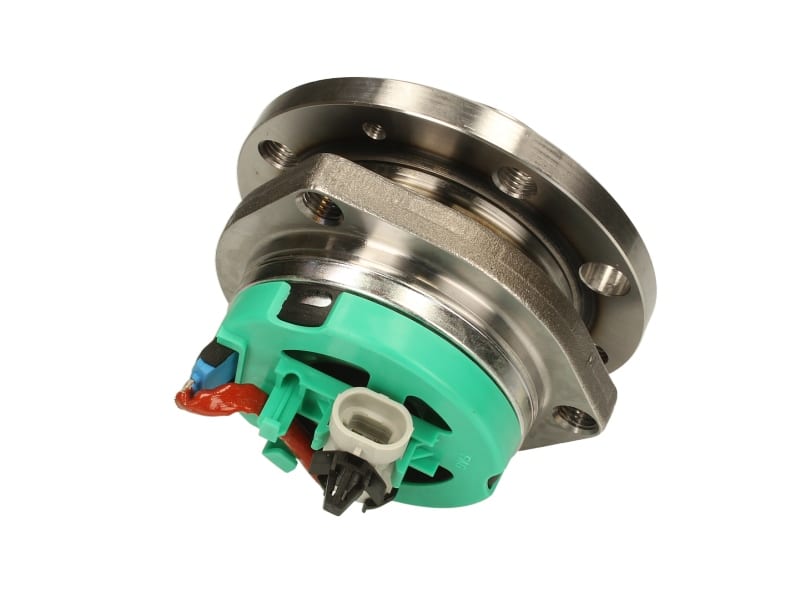
How to change the front hub bearing?
Content
The effective rotation of the wheels and the operation of the brake disc depend on the bearing of the front hub of the car. This part is constantly subjected to high loads, and the requirements for them are increasing in terms of vibration absorption. They must have a long service life and a low coefficient of friction.
The front hub and bearing are components of the car's suspension, which help the rotation of each wheel and take a significant part of the weight of the car while driving.
Worn bearings can cause an emergency on the road. It must be in excellent condition in order to carry out its task properly, so regular inspection is recommended.
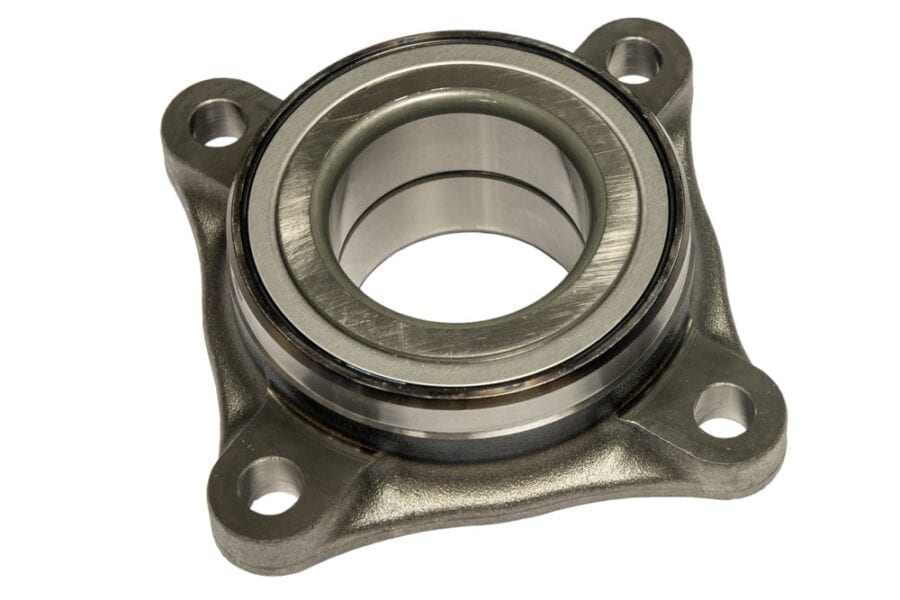
Hub bearings help wheels rotate with minimal drag and support the weight of the car. They are compact and provide maximum accuracy when driving.
How to determine if a bearing needs to be replaced?
Bearing manufacturers usually do not give specific instructions on when and how to change bearings. However, one of the worst things we can do is ignore the sound coming from the bearings. Their excessive wear leads to the fact that the wheel can become blocked at a certain moment.
A loud grinding sound emanating from the front wheels of the car is a sure sign that a problem has arisen with one of the front bearings. Other signs of damage include bearing noise when turning, noticeable signs of damage to the oil seal when removing the vehicle wheel.
In addition, when we raise the machine with a jack and swing the wheel up and down, if we feel significant play in the hub, this also indicates a possible bearing failure. At first, the scratching noise is barely noticeable, but over time it becomes louder and sharper.
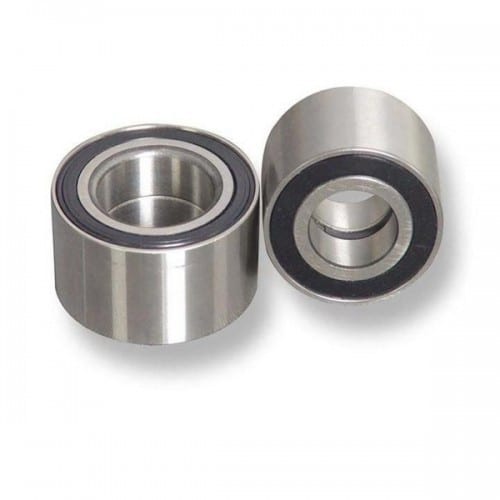
Usually, the scraping sound coming from the area of the wheels where the front wheel bearing is located increases at high speeds, but can be heard to some extent at any speed. A loud hum or scraping sound is a sure sign that there is a problem with the car's bearings.
If the diagnosed bearing is not replaced in the near future, it may refuse to work, since the rotation of the hub is accompanied by heating of the material from which the bearing is made. This can damage the hub and the wheel will simply fall off. The front bearings usually wear out faster because there is more weight due to the motor.
Modern car models are equipped with hermetically sealed bearings, and we do not need to lubricate and service. Older car models have two tapered roller bearings, the service life of which can be increased by removing and lubricating them.
In most front-wheel drive vehicles, the wheel should not play at all. On some models, front bearings can be offset by 2 mm. When turning the wheel manually, if we hear any noise or experience any resistance, this is a sign that the bearings are damaged and require replacement.

Another reason for premature bearing damage is improper installation, cracks, leaks or damage to the seal, accumulation of dirt, loss of lubricant, deformation caused by side impact.
If the bearing seal is damaged, water and dirt enter the cavity, which leads to grease flushing and ingress of dirt and abrasive particles. Thus, the bearing is destroyed and therefore causes a loud and annoying noise from the wheel.
Replacing front hub bearings
Usually the price of this type of repair is low, but still depends on the model of our car. However, the process of replacing the bearing itself is not easy.
Of course, it is advisable to change the bearings in a car service, because there the mechanics have all the necessary tools and access to quality parts. But if we have the necessary professional tools and knowledge for the repair, then the replacement can be done at home.
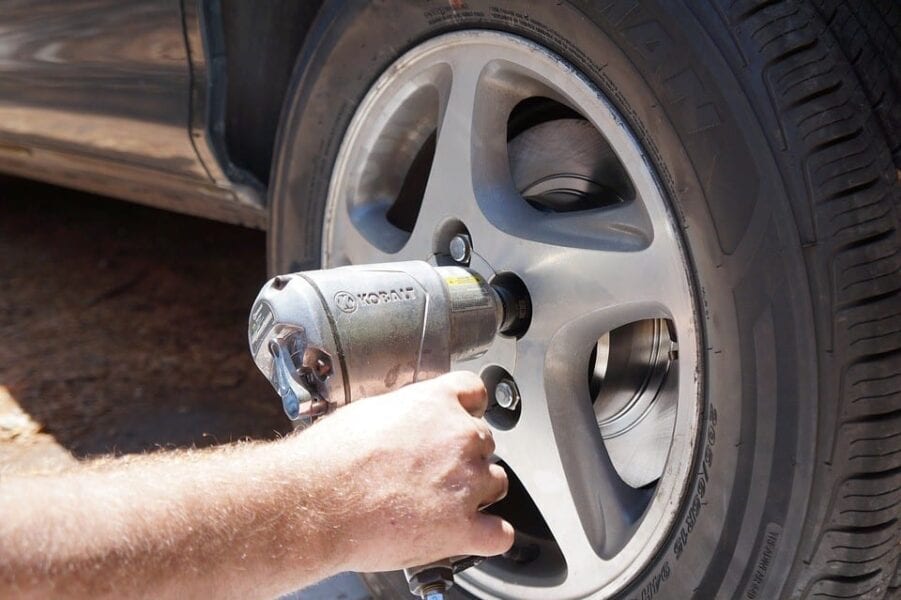
Step by step guide
To replace the bearing, we need a hydraulic press to remove it from the hub. Remember that each make and model of car has its own parts specifications, and the course of replacing the front bearing may vary.
- Lift the car on a jack.
- Remove the wheel.
- Loosen the nut in the center of the axle.
- Remove the brake system components.
- We use pliers and an end tip to remove the cotter pin.
- Remove the brake caliper springs.
- Remove the bolts on the brake disc.
- Using a hammer and a screwdriver with a straight tenon, loosen the bearing hinge.
- Remove the bolts holding the hub.
- Use a screwdriver to remove the plug of the ABS sensor (if the car is equipped with this system).

- The hub is removed with a hammer.
- Install a new bearing, hub and tighten the bolts.
- Connect the ABS sensor.
- Insert a brake disk and tighten bolts.
- Install the brake caliper.
- Attach a cotter pin.
- Install the wheel.
Several subtleties
- It is better to replace bearings with a kit.
- It is recommended to adjust the clearances from the hub nut after replacing the bearings.
- We must replace the hub nut when we change the bearing.
- It is imperative to properly install the bearing. Otherwise, it will wear out faster.
If you are not sure if you can mount the bearings evenly, some online retailers sell entire hubs along with the bearing, making installation easier.
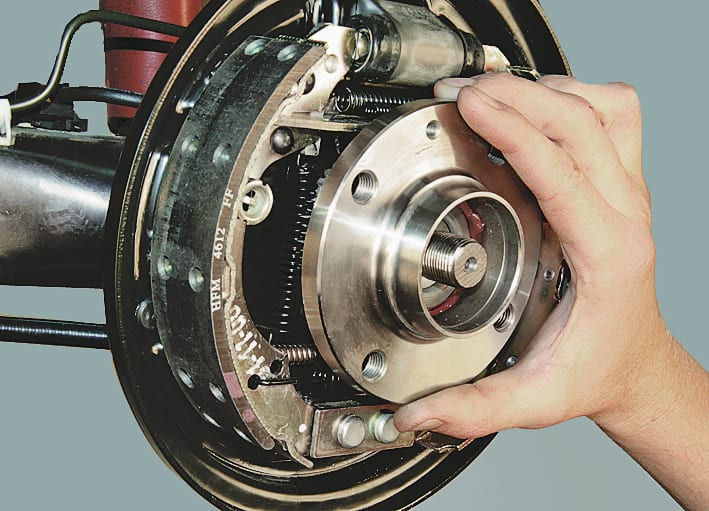
How to extend the life of the bearing?
Here are a few factors that will extend the life of the hub bearing:
- Neat driving.
- Riding on a flat road.
- Avoid overloading the machine.
- Smooth acceleration and braking.
Regular inspection of bearings and their timely replacement is one way to prevent problems in the future.
Questions and answers:
What happens if you don't change the hub bearing? If this is not done when signs of wear appear, the bearing will crumble, which will block the hub, and the wheel will shear off the bolts, and the wheel will fly off.
Can the hub bearing be changed? Yes. Moreover, you can do this without removing and disassembling the steering knuckle or with its dismantling. In the first case, it is not necessary to adjust the wheel alignment, but in the second case, the work is easier to do.
